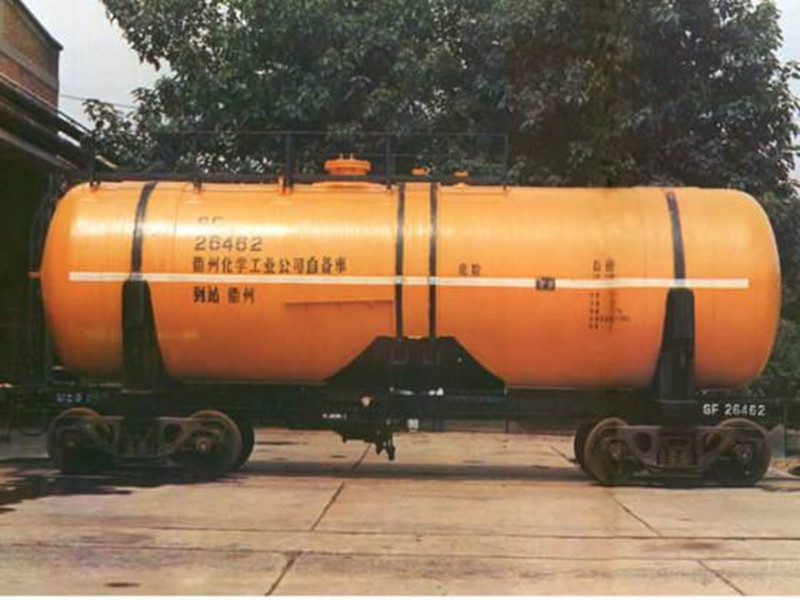
-
 Afrikaans
Afrikaans -
 Albanian
Albanian -
 Amharic
Amharic -
 Arabic
Arabic -
 Armenian
Armenian -
 Azerbaijani
Azerbaijani -
 Basque
Basque -
 Belarusian
Belarusian -
 Bengali
Bengali -
 Bosnian
Bosnian -
 Bulgarian
Bulgarian -
 Catalan
Catalan -
 Cebuano
Cebuano -
 China
China -
 China (Taiwan)
China (Taiwan) -
 Corsican
Corsican -
 Croatian
Croatian -
 Czech
Czech -
 Danish
Danish -
 Dutch
Dutch -
 English
English -
 Esperanto
Esperanto -
 Estonian
Estonian -
 Finnish
Finnish -
 French
French -
 Frisian
Frisian -
 Galician
Galician -
 Georgian
Georgian -
 German
German -
 Greek
Greek -
 Gujarati
Gujarati -
 Haitian Creole
Haitian Creole -
 hausa
hausa -
 hawaiian
hawaiian -
 Hebrew
Hebrew -
 Hindi
Hindi -
 Miao
Miao -
 Hungarian
Hungarian -
 Icelandic
Icelandic -
 igbo
igbo -
 Indonesian
Indonesian -
 irish
irish -
 Italian
Italian -
 Japanese
Japanese -
 Javanese
Javanese -
 Kannada
Kannada -
 kazakh
kazakh -
 Khmer
Khmer -
 Rwandese
Rwandese -
 Korean
Korean -
 Kurdish
Kurdish -
 Kyrgyz
Kyrgyz -
 Lao
Lao -
 Latin
Latin -
 Latvian
Latvian -
 Lithuanian
Lithuanian -
 Luxembourgish
Luxembourgish -
 Macedonian
Macedonian -
 Malgashi
Malgashi -
 Malay
Malay -
 Malayalam
Malayalam -
 Maltese
Maltese -
 Maori
Maori -
 Marathi
Marathi -
 Mongolian
Mongolian -
 Myanmar
Myanmar -
 Nepali
Nepali -
 Norwegian
Norwegian -
 Norwegian
Norwegian -
 Occitan
Occitan -
 Pashto
Pashto -
 Persian
Persian -
 Polish
Polish -
 Portuguese
Portuguese -
 Punjabi
Punjabi -
 Romanian
Romanian -
 Russian
Russian -
 Samoan
Samoan -
 Scottish Gaelic
Scottish Gaelic -
 Serbian
Serbian -
 Sesotho
Sesotho -
 Shona
Shona -
 Sindhi
Sindhi -
 Sinhala
Sinhala -
 Slovak
Slovak -
 Slovenian
Slovenian -
 Somali
Somali -
 Spanish
Spanish -
 Sundanese
Sundanese -
 Swahili
Swahili -
 Swedish
Swedish -
 Tagalog
Tagalog -
 Tajik
Tajik -
 Tamil
Tamil -
 Tatar
Tatar -
 Telugu
Telugu -
 Thai
Thai -
 Turkish
Turkish -
 Turkmen
Turkmen -
 Ukrainian
Ukrainian -
 Urdu
Urdu -
 Uighur
Uighur -
 Uzbek
Uzbek -
 Vietnamese
Vietnamese -
 Welsh
Welsh -
 Bantu
Bantu -
 Yiddish
Yiddish -
 Yoruba
Yoruba -
 Zulu
Zulu
Creating Efficient Pipelines for Enhanced RTRP Performance and Data Processing
The Value of RTRP Pipe in Modern Infrastructure
In the world of modern construction and infrastructure development, the materials used play a critical role in determining the longevity and efficiency of any project. One material that has gained recognition for its robustness and versatility is the RTRP (Reinforced Thermosetting Resin Pipe). This innovative pipe system serves diverse applications, ranging from water supply to industrial processes, and it’s essential to explore the specifics of what makes RTRP pipe a valuable asset in today’s infrastructure landscape.
To begin with, RTRP pipe is essentially a composite material made of a thermosetting resin reinforced with fibers, typically glass. This unique composition grants RTRP pipe several desirable properties, setting it apart from traditional piping materials like steel or PVC. One of the most significant advantages is its excellent corrosion resistance. In environments prone to chemical exposure or extreme weather conditions, the durability of RTRP pipe ensures that systems remain intact and operational over long periods without succumbing to rust or degradation.
.
Furthermore, RTRP pipe boasts high strength and structural integrity. The reinforced structure makes it suitable for high-pressure applications. In scenarios where fluid flow is subject to significant pressure fluctuations, RTRP pipes maintain their shape and functionality, minimizing the risk of leaks or bursts. This reliability not only enhances safety but also ensures the continuity of service in critical applications, such as municipal water supply systems or chemical processing plants.
rtrp pipe

The thermal properties of RTRP pipes are also noteworthy. They can withstand varying temperatures, making them adaptable for use in both hot and cold climates. This versatility enables engineers and architects to incorporate RTRP pipe into a wide range of systems, from heating to cooling applications, without worrying about material failure due to temperature extremes.
In terms of environmental impact, RTRP pipe is an admirable choice. The manufacturing process generates fewer carbon emissions compared to some traditional materials. Moreover, many RTRP pipes are produced using recyclable components, promoting sustainability in construction practices. As cities and industries increasingly prioritize environmental responsibility, the adoption of materials like RTRP pipe aligns well with global goals aimed at reducing waste and fostering eco-friendly practices.
Cost-effectiveness is another reason why RTRP pipe deserves attention. Although the initial investment might be higher than that of standard piping options, the long-term savings on maintenance, repair, and replacement costs typically outweigh the upfront expenditure. The longevity and reliability of RTRP pipe lead to reduced downtime and fewer disruptions in service, which is crucial for both businesses and municipal services.
In conclusion, RTRP pipe represents a significant advancement in piping technology, combining durability, lightweight design, and environmental responsibility. Its capacity to resist corrosion while maintaining high strength makes it an ideal choice for both modern infrastructure and industrial applications. As the construction industry continues to evolve and embrace innovative solutions, the utilization of RTRP piping systems is likely to increase, paving the way for more resilient and efficient infrastructure worldwide. Whether for utility projects or industrial processes, the value of RTRP pipe cannot be underestimated in the quest for sustainable and effective construction solutions.









